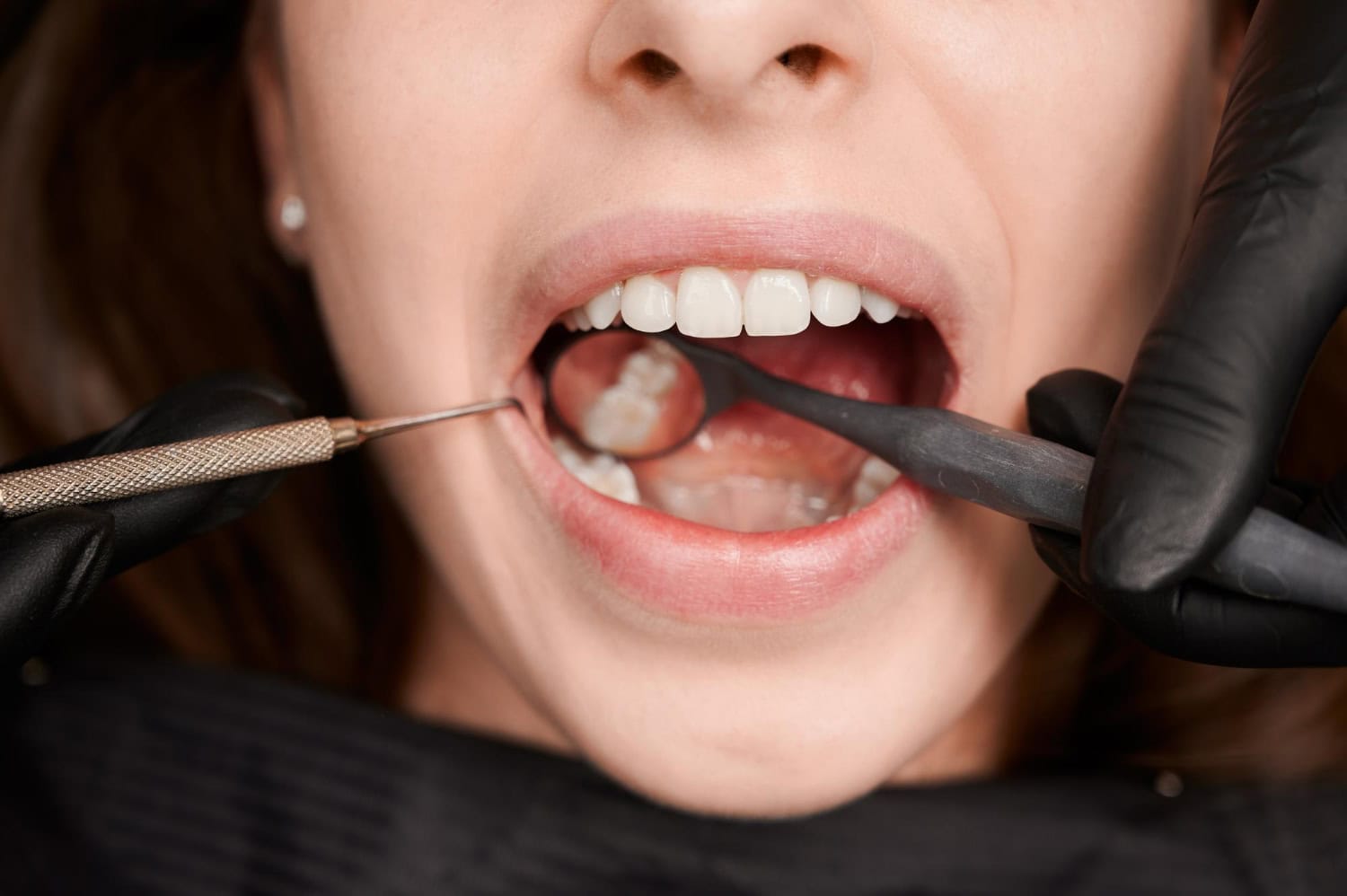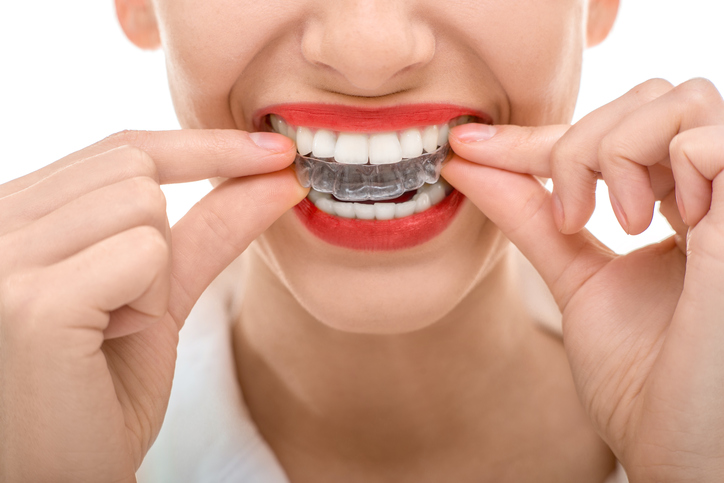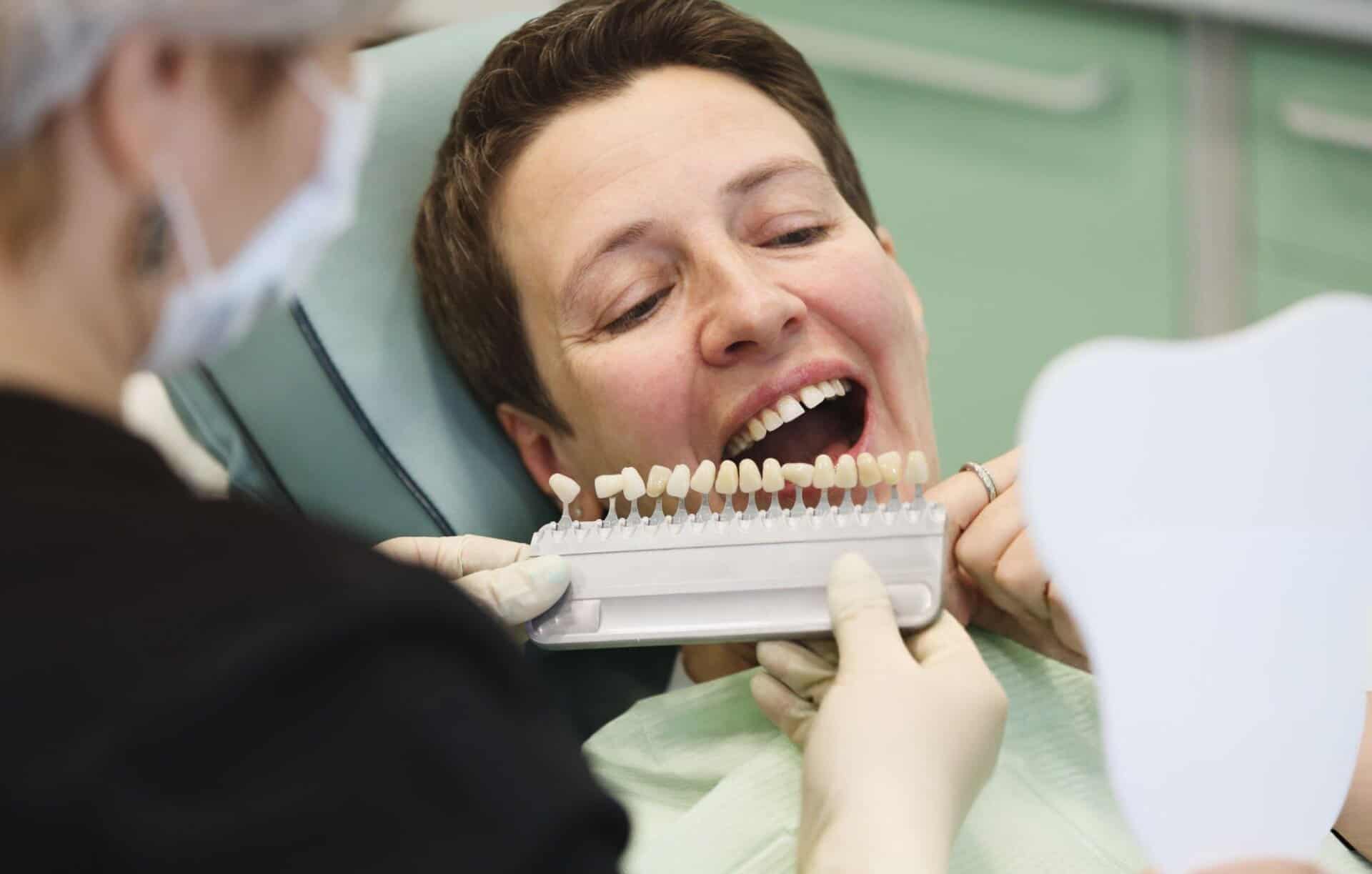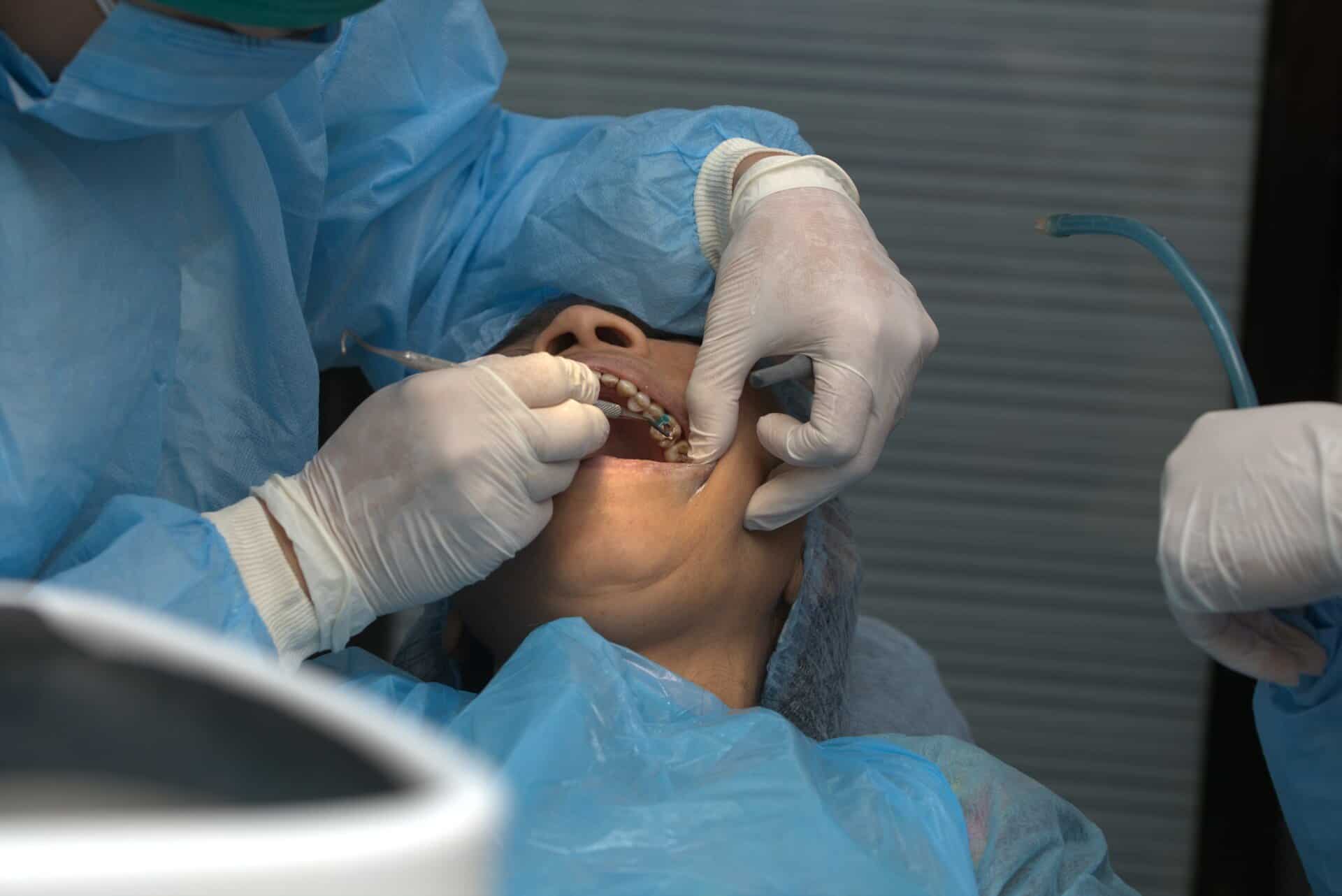If you’ve recently had a dental procedure or know one is on the horizon, it’s helpful to understand what recovery might look like. Dental bone graft surgery can play a big part in preparing your mouth for future treatments like implants. But it’s not always clear what healing should feel like day by day or week by week.
This breakdown offers a look at the recovery timeline after dental bone graft surgery in Phoenix. Healing feels different for everyone, but having a general roadmap can make it easier to plan your days, follow care routines, and attend checkups. Knowing what to expect also helps ease stress, especially during the early days when your mouth feels more sensitive and you’re still adjusting.
Week 1: Initial Healing
The first few days after the procedure are usually the most noticeable. You might feel some aching, swelling, or even a bit of bruising near your jaw. These are normal parts of your body’s healing response. For the first week, especially the first 48 hours, you’ll want to take it easy and limit movement.
Pain is usually easy to manage using medications recommended by your dentist. You can use cold compresses on the face using intervals of 20 minutes on and 20 minutes off to bring down swelling. Some bleeding is normal the first day or two. Gauze pads will help manage this and support clotting at the site, which is a big step in your healing process.
Here are a few go-to tips to help you through week one:
– Stick to soft or blended foods like smoothies, mashed potatoes, applesauce, and yogurt
– Keep your head slightly elevated while sleeping or resting
– Avoid straws and don’t spit, as this can disturb the area
– Wait to smoke or drink alcohol, since these can interfere with healing
– Use salt water rinses gently, without swishing hard, especially after meals
This is a good time to focus on rest. Recovery starts deep within the bone and tissues, and the more care you show in this stretch, the smoother the next steps can be. If something feels off — like increasing pain or bleeding — reach out to your dentist.
Week 2: Reduced Discomfort
By the second week, you’ll likely notice that things start to ease up. The tenderness at the graft site should feel much less intense, and swelling usually goes down quite a bit. This is often the time when people can get back to simple tasks without too much discomfort.
Your provider might schedule a follow-up during this window to make sure your surgical area is healing well and staying free of infection. It’s important to stick to post-visit instructions closely, even small updates to your routine can make a difference.
Life can feel more normal this week, but it’s still important not to push it. You’ll want to:
– Continue with a soft diet. If it feels right, try things like scrambled eggs, cooked noodles, or soft rice
– Keep pressure off the area and avoid touching it
– Stay away from strenuous workouts and high-impact movement
– Keep brushing and flossing your other teeth, but steer clear of the surgical site
You might notice you’re able to talk more comfortably or get through a day without thinking much about discomfort. That’s a good sign, but healing is still happening beneath the surface. Staying consistent with safe routines will help your results last.
Weeks 3–4: Progressive Healing
Week three is usually when things start to feel more steady. The site may still be a tiny bit tender if touched, but you’ll probably be back to regular eating and social life. The graft is still working behind the scenes, bonding with your existing bone in a process that takes time.
At this point, you can typically expand your food choices:
– Soft sandwiches, boiled veggies, and well-cooked pasta may be okay if you chew gently and away from the graft site
– Ask your provider if it’s okay to brush near the area. If so, use a soft-bristled toothbrush and light pressure
– Your range of motion while speaking, smiling, or yawning usually improves during this stretch
Keep an eye out for warning signs, though. A little soreness is fine, but things like pus, lingering pain, or swelling that comes back could point to trouble. Whenever you’re unsure, a quick check-in with your provider is always smart.
During these weeks, visible progress may feel small, but that’s normal. The deeper work of fusing the bone continues. Preventing issues is just as important now as it was in week one.
Months 2–3: Bone Integration and Care
Once you pass the one-month mark, focus turns to long-term healing inside the jaw. This stage is known as osseointegration, when the new graft bonds fully to the natural bone. Even though you can’t see it, this is one of the most important parts of the process, especially if you’re getting ready for dental implants.
Protecting your progress by avoiding risky habits is a big deal here. That includes:
– Skipping contact sports or heavy lifting unless your dentist gives you the go-ahead
– Wearing a nightguard if you clench or grind your teeth to avoid stress at the graft site
– Brushing and flossing daily, being gentle but thorough, especially near gumlines
You may not notice much changing week to week, but if your checkups show good results and you feel steady, you’re likely doing everything right. Some patients mention they feel fully back to normal when chewing on the opposite side of their mouth again, though they still avoid the graft area to be cautious.
At this point, consistent care will help round out your recovery. It’s not about rushing healing but supporting your body as it does the work.
Looking Forward to a Brighter Smile
By month three, your bone graft should be well on its way to being stable and integrated. Whether you’re prepping for an implant or improving jaw strength for another reason, this recovery plays an important role in your long-term oral health. Results don’t happen overnight, but following through with care leads to better outcomes.
Healing can bring up questions, even a few months in. That’s expected and totally normal. What matters most is building good habits and staying mindful of changes in your mouth. Every step you’ve taken helps set the stage for a strong, healthy future.
Anderson Dental is committed to supporting patients through every part of recovery and future dental care. You’re never on your own when you’re part of our patient family.
To support your recovery and plan ahead for future treatments, understanding how to care for your mouth after dental bone graft surgery in Phoenix is an important step in protecting your long-term oral health. The team at Anderson Dental is here to walk with you through this process, offering personalized care and friendly guidance every step of the way.




